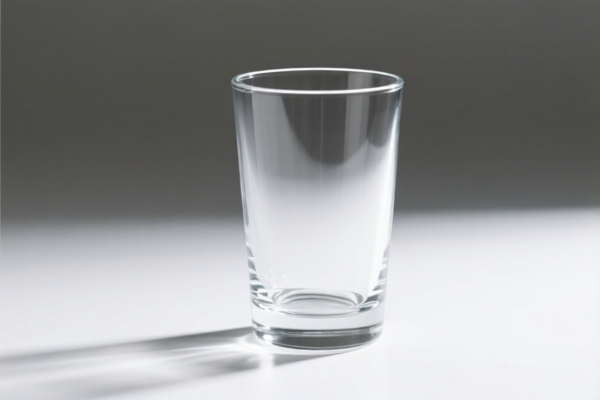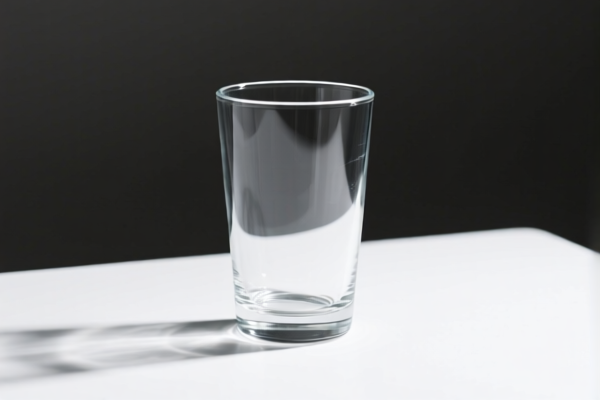| HS Code | Official Doc | Tariff Rate | Origin | Destination | Effective Date |
|---|---|---|---|---|---|
| 7013993500 | Doc | 44.1% | CN | US | 2025-05-12 |
| 3406000000 | Doc | 37.5% | CN | US | 2025-05-12 |




Okay, let's break down the classification and tax implications for your declared "GLASS CANDLE" items. Based on the provided HS codes, it appears you have two distinct components being declared, and they fall under different categories. Here's a detailed analysis:
1. Glassware (HS Code: 7013.99.35.00)
This HS code specifically covers glassware used for various purposes, but not those covered under headings 7010 or 7018. Let's dissect the code:
- 70: Glass and glassware. This is the broad category.
- 13: Glassware of a kind used for table, kitchen, toilet, office, indoor decoration or similar purposes. This narrows it down to specific uses of glassware.
- 99: Other glassware. This indicates it doesn't fit into more specific subcategories within 7013.
- 35: Votive-candle holders. This is the most specific classification for your item.
- 00: Further specification, often used for statistical purposes.
Tax Implications:
- Basic Duty: 6.6%
- Additional Tariff: 7.5%
- Post April 2, 2025 Additional Tariff: 30%
- Total Tax: 44.1%
Important Considerations:
- Material Composition: Confirm the glass type. While it's classified as glass, specific glass compositions (e.g., lead crystal) could potentially shift the classification.
- End Use: The classification hinges on the primary use being as a candle holder. If it has significant alternative uses, it might require re-evaluation.
2. Candles (HS Code: 3406.00.00.00)
This HS code directly covers candles, tapers, and similar items.
- 34: Soap, organic surface-active agents, washing preparations, lubricating preparations, candles, scented candles and waxes. This is the broad category.
- 06: Candles, tapers and the like. This narrows it down to candles specifically.
- 00: This indicates all types of candles within this category.
- 00: Further specification, often used for statistical purposes.
Tax Implications:
- Basic Duty: 0.0%
- Additional Tariff: 7.5%
- Post April 2, 2025 Additional Tariff: 30%
- Total Tax: 37.5%
Important Considerations:
- Wax Composition: The type of wax used (e.g., paraffin, beeswax, soy wax) generally doesn't affect the HS code within this category, but it could impact other regulations (e.g., import permits related to animal-derived products if using beeswax).
- Wick Material: The wick material is unlikely to change the HS code, but it's good to be aware of its composition for potential safety regulations.
- Scented vs. Unscented: The presence or absence of scent doesn't change the HS code.
Overall Recommendations:
- Dual Classification: You are correctly classifying the components separately. This is important for accurate tax calculation.
- Value Declaration: Ensure the declared value is accurate. Customs will scrutinize values, especially with differing tax rates.
- Invoices & Packing Lists: Your invoices and packing lists must clearly differentiate between the glass components and the candles themselves.
- Post-April 2, 2025 Tariffs: Be prepared for the increased tariffs coming into effect on April 2, 2025. Factor this into your pricing and planning.
- Country of Origin: Confirm the country of origin for both components. This is crucial for trade agreements and potential tariff reductions.
- Certifications: Depending on the destination country, you may need to provide certifications related to product safety (e.g., lead content in the glass, wick safety standards). Check the import regulations of the destination country.
Disclaimer: I am an AI and this information is for general guidance only. Customs regulations are complex and subject to change. It is always best to consult with a licensed customs broker or the customs authorities of the importing country for definitive advice.
Customer Reviews
The info on dual classification was helpful, but I found the post-April 2025 tariff details a bit confusing. More clarity on how to prepare for those changes would be great.
Great resource for figuring out the correct HS codes for glass candle components. The breakdown of tax implications was exactly what I needed for exporting to the US.
The explanation of HS Code 3406000000 for candles was clear, but I wish there were more examples of how the tax rates apply for different candle types.
Detailed breakdown of HS Code 7013993500 for glass candle holders. Helped me understand the 44.1% tariff and what it covers.